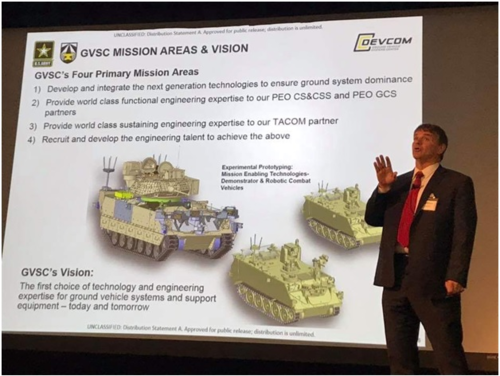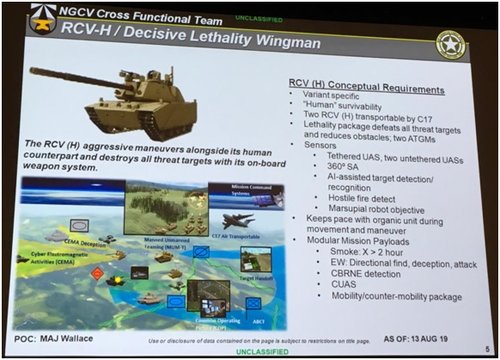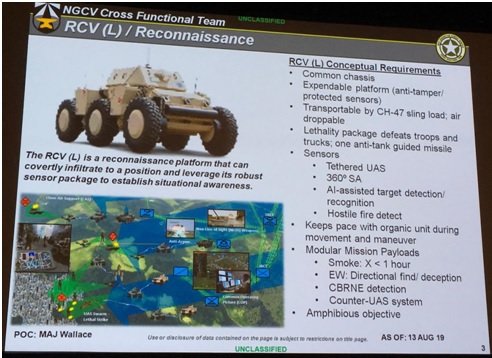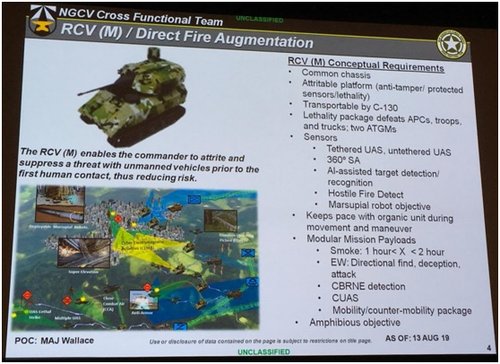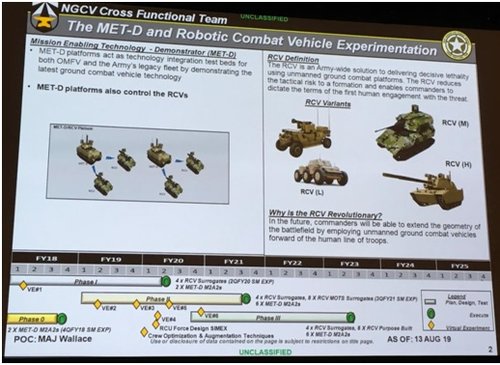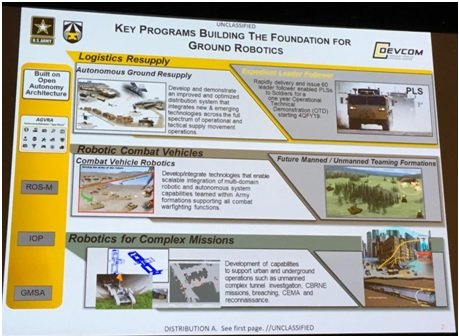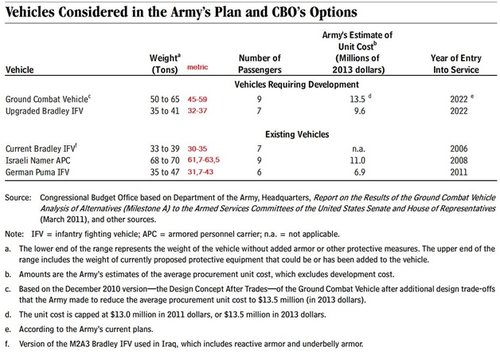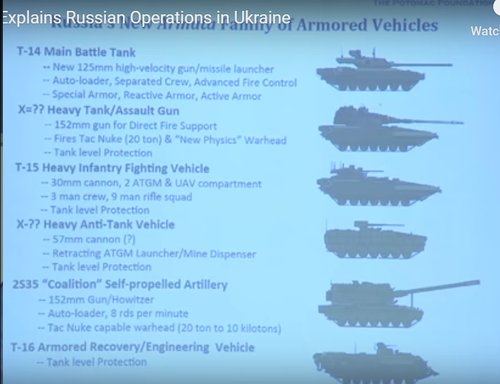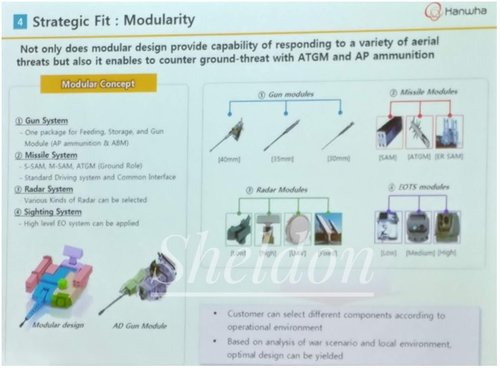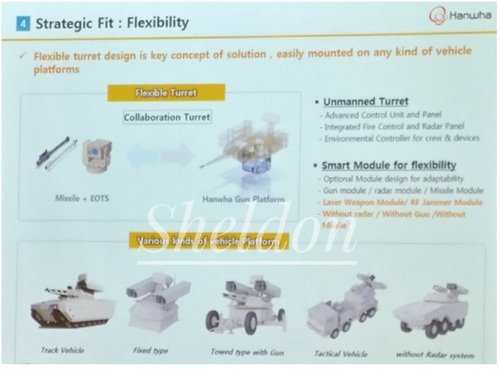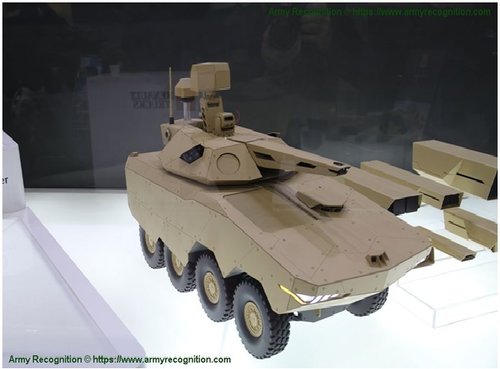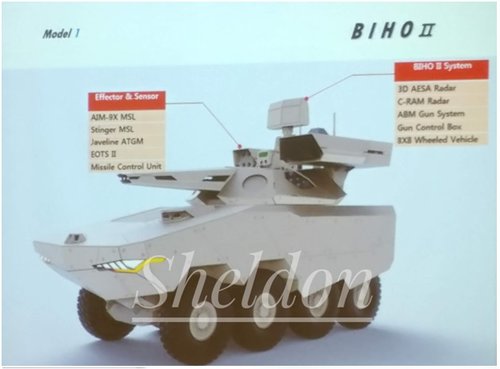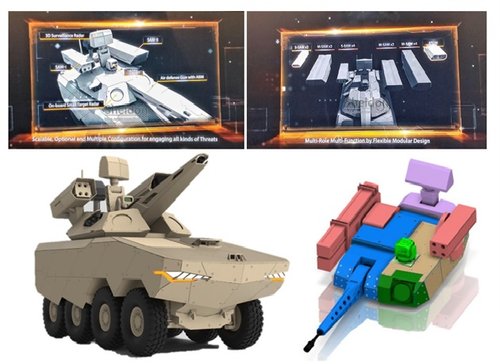The U.S.Army and USMC have failed in every single armoured combat vehicle and battlefield helicopter program that wasn't about mere road-bound MRAPs or a modification of an existing (typically foreign) design after they introduced the Abrams/Bradley/Apache/Blackhawk generation of vehicles in the 80's (and '70) that had its roots in the relatively tight budgets of the 70's.
Even that generation had major development hiccups (especially the Abrams and Bradley, but to not rest the AH-64 on the dynamic design of the H-60ß series for commonality was quite a mistake as well). The Pentagon bureaucracy is hard-pressed to get a light scout helicopter based on an existing helo type right. They are incompetent at big ticket development program execution.
I've seen program after program both of the USMC and U.S.Army for new AFVs and to pay attention was a waste of time every single time.
This program will almost certainly amount to nothing else but waste of taxpayer money just as were FCS, GCV, Crusader, FSCV, Comanche, RST-V, LVA, LVT(X), AAAV and EFV.
https://defense-and-freedom.blogspot.com/2014/08/will-marine-corps-apc-racket-ever-end.html



